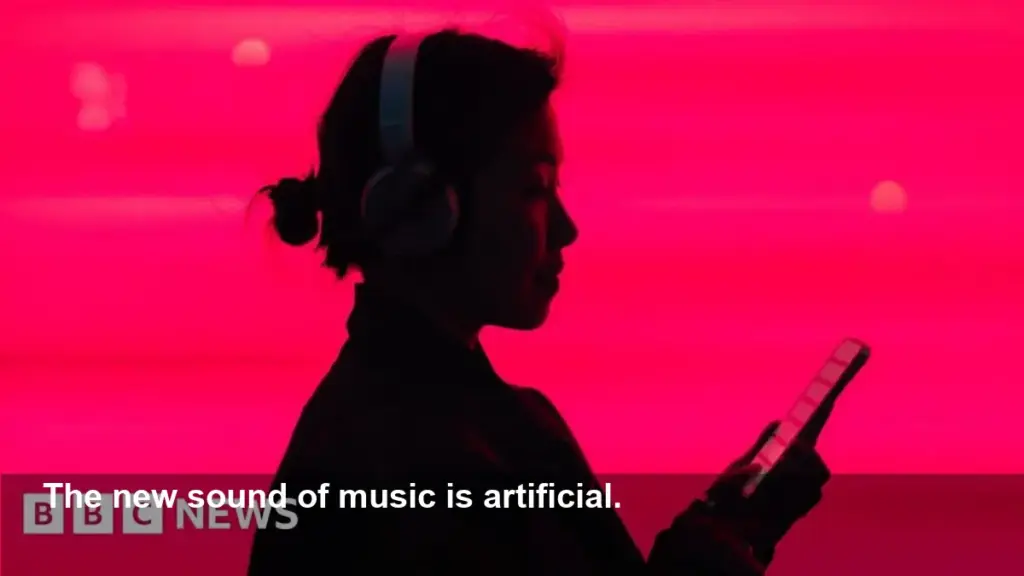- A recent survey suggests that 97% of listeners cannot distinguish between music created by humans and songs generated by artificial intelligence.
- Key signs of AI music include a lack of social media presence, formulaic structures, overly polished production, and unemotional or slurred vocals.
- Streaming platforms like Deezer and Spotify are beginning to implement tools to detect and label AI-generated content, pushing for greater transparency.
- Established artists are also using AI as a creative tool, raising important questions about disclosure and the future of music creation.
It’s the song of the summer, and you can’t get it out of your head. But what if the artist isn’t real? As AI-generated music floods streaming platforms, telling the difference between a human-made hit and a synthetic track is becoming nearly impossible. In fact, a recent survey found that 97% of people couldn’t spot an AI song.
So, how can you tell if your new favorite artist is actually an algorithm?
How to Spot a Synthetic Song
While technology is making it harder to detect, there are still a few telltale signs. One of the biggest giveaways is an artist’s digital footprint—or lack thereof.
Internet sleuths grew suspicious of the viral band The Velvet Sundown when they noticed the group had no record of live performances, a minimal social media presence, and no interviews. The band later admitted to being a synthetic project guided by AI. Looking for an artist’s history of concerts, fan interactions, and media appearances can be a good first step.
Sonically, AI music often has a formulaic feel. Experts suggest listening for vocals that sound slightly breathless or slurred, especially on hard consonants. The song structure might be a generic verse-chorus pattern that lacks a satisfying conclusion or the emotional tension and release that defines human-created music. As music industry advisor Tony Rigg puts it, “AI hasn’t felt heartbreak yet… It knows patterns.”
A Push for Transparency
While some AI music is designed to mimic human artists, established musicians are also embracing the technology as a creative partner. The Beatles famously used machine learning to isolate John Lennon’s voice for their “last song,” Now and Then. Artist Imogen Heap has even released music with an AI version of her own voice, ai.Mogen, which is credited as a co-contributor.
Heap is a vocal advocate for more transparency, arguing that listeners deserve to know how a song was made, much like reading the ingredients on a food label. “We need that for music, and we need that for AI,” she says.
How Streaming Services Are Responding
The music industry is starting to listen. While there’s no legal requirement to label AI tracks, platforms are taking action. Deezer has launched an AI detection tool and a system to tag synthetic music, revealing that a third of daily uploads to its platform are fully AI-generated.
Spotify is also rolling out a spam filter to remove AI “slop” and is supporting a system that allows artists to disclose how AI was used in a track’s creation. The goal isn’t to punish artists but to give listeners the information they want and strengthen trust on the platform.
As AI’s role in music continues to grow, the debate rages on: if a song moves you, does its origin matter? For now, the push for clearer labels aims to let you, the listener, make that choice for yourself.
Image Referance: https://www.bbc.com/news/articles/c5ylzjj5wzwo
